
1. Cylindrical gear transmission The gas valve mechanism of the upper camshaft and the lower camshaft is mostly cylindrical timing gear transmission, curved The shaft gear is meshed with the camshaft gear through the intermediate gear. The timing gear uses more helical teeth to ensure smooth meshing and reduce noise. Gears are made of steel or cast iron.
2. The power of engine output,First, after passing through the clutch, the torque and speed change from the transmission, the power is transmitted to the main reducer through the transmission shaft, and finally the power is transmitted to the drive wheel through the differential and the half-shaft. The transmission system of a car is mainly composed of clutch, transmission, transmission shaft, main reducer, differential and semi-shaft.
3. The power of the car is provided by the engine, and the power of the engine must be completed through a series of power transmission devices to reach the drive wheel, so the power transmission mechanism between the engine and the drive wheel is also becomes a transmission system.
4. The transmission operating system used in the driving process of the car is composed of clutch, transmission, universal transfer transmission equipment and related drive bridges, that is, the power transmission equipment that connects the engine and the four-wheel drive of the car.
5. Hello, it is a rotation of our crankshaft, and then a flywheel we fixed on the crankshaft. The power is transmitted to the clutch through the flywheel, and then the clutch then transmits the power of the flywheel to the transmission.
6. Typical forms of automobile transmission include mechanical transmission, hydrostatic transmission, dynamic fluid transmission and hybrid power. The transmission system is generally composed of clutch, transmission, universal transmission, main reducer, differential and half-shaft, etc. The power emitted by the car engine is transmitted to the driving wheels by the transmission system.
1. Chain transmission, toothed belt transmission, cylindrical gear transmission. Ordinary passengerCars usually use toothed belts, and high-power engines such as medium and high-end cars and trucks generally use chain or cylindrical gear transmission, which can ensure the accuracy of gas timing. There are three types of transmission from crankshaft to camshaft, such as gear transmission, chain transmission and gear belt transmission.
2. Bevel gear transmission This transmission method is mostly used in the transmission of the overhead cam of light, high-speed and high-power internal combustion engines. Because the camshaft is far away from the crankshaft, bevel gears and vertical elastic shafts are used to transmit. Its characteristics are: the structure is compact and reliable, but it is very complex and inconvenient to disassemble and install.
3. The transmission methods from crankshaft to camshaft include gear transmission, chain transmission and toothed belt transmission. 1 Most of the gas distribution mechanisms under and in the middle of the camshaft are transmitted by cylindrical timing gears. - Generally, the transmission from the crankshaft to the camshaft only requires a pair of timing gears, and intermediate gears can be installed if necessary.
4. The transmission mode between the crankshaft and the camshaft of the engine is usually: gear transmission, toothed tape transmission, chain transmission.
5. The timing belt transmission replaces the chain transmission with a neoprene toothed belt. The advantages are smaller noise, lighter mass, larger angle, larger meshing volume, and more reliable work. These three transmission methods combine the transmission between the crankshaft and the camshaft.
1. The power output route of the engine: piston-crank connecting rod-crankshaft-engine flywheel-clutch active disc clutch-passing disc-transmission input shaft-transmission Output shaft-main reducer-dualial-left and right half-axles with universal device-drive wheel.
2. Hello, the lines are engine, clutch, gearbox, transmission shaft, main reducer, differential, semi-shaft, drive wheel. The power output by the engine first passes through the clutch. After changing the torque and speed from the transmission, the power is transmitted to the main reducer through the transmission shaft, and finally the power is transmitted to the drive wheel through the differential and half-shaft.
3. Engine-clutch-gearbox-drive shaft-main reducer-dialial-half-drive wheel. The power transfer device between the car engine and the drive wheel is called the transmission system of the car.
The basic transmission working principle of the mechanical transmission system of gasoline engine is to convert the power generated by gasoline combustion, Drive the vehicle forward or perform other functions. This process involves the collaborative work of multiple components, including engines, clutches, transmissions, transmission shafts, differentials and wheels, etc.
The principle is to concentrate the power of the mc616b transmission engine on the "crankshaft", enter the "gearbox" through the clutch, and then output the tire on the drive shaft through the "speed ratio" of the gearbox.
The power output by the engine first passes through the clutch and changes from the transmission toAfter twisting and changing the speed, the power is transmitted to the main reducer through the transmission shaft, and finally the power is transferred to the drive wheel through the differential and half-shaft.
As shown in Figure 1-51. Figure 1-51 The working principle of the motorcycle The basic principle of motorcycle work is that the engine constantly generates heat energy. After the heat energy is converted into rotational force by the crankshaft connecting rod, the rear wheels are driven by the variable speed transmission device with rotational force. When the ground friction force is overcome, the motorcycle can be driven.
The gas distribution mechanism can be divided into three forms according to the transmission mode of crankshaft and camshaft: gear transmission, chain transmission and belt transmission.
The transmission forms of the gas distribution mechanism of the automobile engine include gear transmission, chain transmission and synchronous belt transmission.
The transmission of the gas distribution mechanism has three forms: gear transmission, belt transmission and chain transmission. The camshaft is placed below. Most of the gas distribution mechanisms are cylindrical timing gear transmission.
Hello, there are three forms of transmission of the gas distribution mechanism: gear transmission, belt transmission and chain transmission. It's my pleasure to answer your question. Please adopt it. Thank you.
According to the rotation mode of the crankshaft and camshaft, the gas distribution mechanism can be divided into gear transmission, chain transmission and toothed belt transmission. Gear transmission type: The transmission between the camshaft and the middle camshaft and the crankshaft under the gear transmission is mostly driven by cylindrical timing gears. Generally speaking, only a pair of gears is needed from the crankshaft to the camshaft.
Industry-focused HS code reporting-APP, download it now, new users will receive a novice gift pack.
1. Cylindrical gear transmission The gas valve mechanism of the upper camshaft and the lower camshaft is mostly cylindrical timing gear transmission, curved The shaft gear is meshed with the camshaft gear through the intermediate gear. The timing gear uses more helical teeth to ensure smooth meshing and reduce noise. Gears are made of steel or cast iron.
2. The power of engine output,First, after passing through the clutch, the torque and speed change from the transmission, the power is transmitted to the main reducer through the transmission shaft, and finally the power is transmitted to the drive wheel through the differential and the half-shaft. The transmission system of a car is mainly composed of clutch, transmission, transmission shaft, main reducer, differential and semi-shaft.
3. The power of the car is provided by the engine, and the power of the engine must be completed through a series of power transmission devices to reach the drive wheel, so the power transmission mechanism between the engine and the drive wheel is also becomes a transmission system.
4. The transmission operating system used in the driving process of the car is composed of clutch, transmission, universal transfer transmission equipment and related drive bridges, that is, the power transmission equipment that connects the engine and the four-wheel drive of the car.
5. Hello, it is a rotation of our crankshaft, and then a flywheel we fixed on the crankshaft. The power is transmitted to the clutch through the flywheel, and then the clutch then transmits the power of the flywheel to the transmission.
6. Typical forms of automobile transmission include mechanical transmission, hydrostatic transmission, dynamic fluid transmission and hybrid power. The transmission system is generally composed of clutch, transmission, universal transmission, main reducer, differential and half-shaft, etc. The power emitted by the car engine is transmitted to the driving wheels by the transmission system.
1. Chain transmission, toothed belt transmission, cylindrical gear transmission. Ordinary passengerCars usually use toothed belts, and high-power engines such as medium and high-end cars and trucks generally use chain or cylindrical gear transmission, which can ensure the accuracy of gas timing. There are three types of transmission from crankshaft to camshaft, such as gear transmission, chain transmission and gear belt transmission.
2. Bevel gear transmission This transmission method is mostly used in the transmission of the overhead cam of light, high-speed and high-power internal combustion engines. Because the camshaft is far away from the crankshaft, bevel gears and vertical elastic shafts are used to transmit. Its characteristics are: the structure is compact and reliable, but it is very complex and inconvenient to disassemble and install.
3. The transmission methods from crankshaft to camshaft include gear transmission, chain transmission and toothed belt transmission. 1 Most of the gas distribution mechanisms under and in the middle of the camshaft are transmitted by cylindrical timing gears. - Generally, the transmission from the crankshaft to the camshaft only requires a pair of timing gears, and intermediate gears can be installed if necessary.
4. The transmission mode between the crankshaft and the camshaft of the engine is usually: gear transmission, toothed tape transmission, chain transmission.
5. The timing belt transmission replaces the chain transmission with a neoprene toothed belt. The advantages are smaller noise, lighter mass, larger angle, larger meshing volume, and more reliable work. These three transmission methods combine the transmission between the crankshaft and the camshaft.
1. The power output route of the engine: piston-crank connecting rod-crankshaft-engine flywheel-clutch active disc clutch-passing disc-transmission input shaft-transmission Output shaft-main reducer-dualial-left and right half-axles with universal device-drive wheel.
2. Hello, the lines are engine, clutch, gearbox, transmission shaft, main reducer, differential, semi-shaft, drive wheel. The power output by the engine first passes through the clutch. After changing the torque and speed from the transmission, the power is transmitted to the main reducer through the transmission shaft, and finally the power is transmitted to the drive wheel through the differential and half-shaft.
3. Engine-clutch-gearbox-drive shaft-main reducer-dialial-half-drive wheel. The power transfer device between the car engine and the drive wheel is called the transmission system of the car.
The basic transmission working principle of the mechanical transmission system of gasoline engine is to convert the power generated by gasoline combustion, Drive the vehicle forward or perform other functions. This process involves the collaborative work of multiple components, including engines, clutches, transmissions, transmission shafts, differentials and wheels, etc.
The principle is to concentrate the power of the mc616b transmission engine on the "crankshaft", enter the "gearbox" through the clutch, and then output the tire on the drive shaft through the "speed ratio" of the gearbox.
The power output by the engine first passes through the clutch and changes from the transmission toAfter twisting and changing the speed, the power is transmitted to the main reducer through the transmission shaft, and finally the power is transferred to the drive wheel through the differential and half-shaft.
As shown in Figure 1-51. Figure 1-51 The working principle of the motorcycle The basic principle of motorcycle work is that the engine constantly generates heat energy. After the heat energy is converted into rotational force by the crankshaft connecting rod, the rear wheels are driven by the variable speed transmission device with rotational force. When the ground friction force is overcome, the motorcycle can be driven.
The gas distribution mechanism can be divided into three forms according to the transmission mode of crankshaft and camshaft: gear transmission, chain transmission and belt transmission.
The transmission forms of the gas distribution mechanism of the automobile engine include gear transmission, chain transmission and synchronous belt transmission.
The transmission of the gas distribution mechanism has three forms: gear transmission, belt transmission and chain transmission. The camshaft is placed below. Most of the gas distribution mechanisms are cylindrical timing gear transmission.
Hello, there are three forms of transmission of the gas distribution mechanism: gear transmission, belt transmission and chain transmission. It's my pleasure to answer your question. Please adopt it. Thank you.
According to the rotation mode of the crankshaft and camshaft, the gas distribution mechanism can be divided into gear transmission, chain transmission and toothed belt transmission. Gear transmission type: The transmission between the camshaft and the middle camshaft and the crankshaft under the gear transmission is mostly driven by cylindrical timing gears. Generally speaking, only a pair of gears is needed from the crankshaft to the camshaft.
Trade data-driven LCL/FCL strategies
author: 2024-12-24 01:51How to interpret trade deficit data
author: 2024-12-24 01:50HS code mapping to logistics KPIs
author: 2024-12-24 00:58HS code-driven risk management frameworks
author: 2024-12-24 00:57Meat and poultry HS code references
author: 2024-12-24 00:50Pharmaceutical imports by HS code
author: 2024-12-24 02:55How to analyze customs transaction records
author: 2024-12-24 02:53European Union HS code verification
author: 2024-12-24 01:31Medical diagnostics HS code classification
author: 2024-12-24 00:49 How to utilize blockchain for trade
How to utilize blockchain for trade
164.27MB
Check Trade data for logistics companies
Trade data for logistics companies
889.26MB
Check HS code harmonization in NAFTA region
HS code harmonization in NAFTA region
928.95MB
Check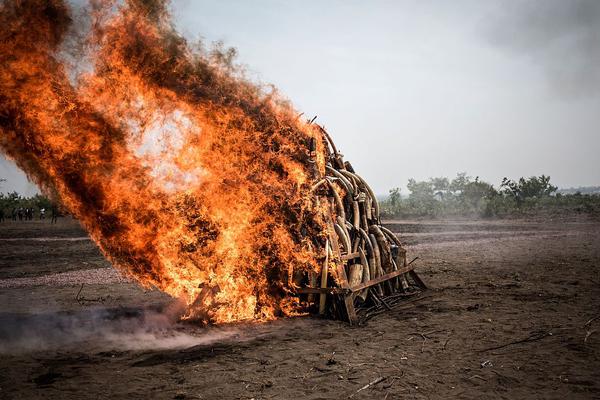 HS code-based commodity chain analysis
HS code-based commodity chain analysis
197.78MB
Check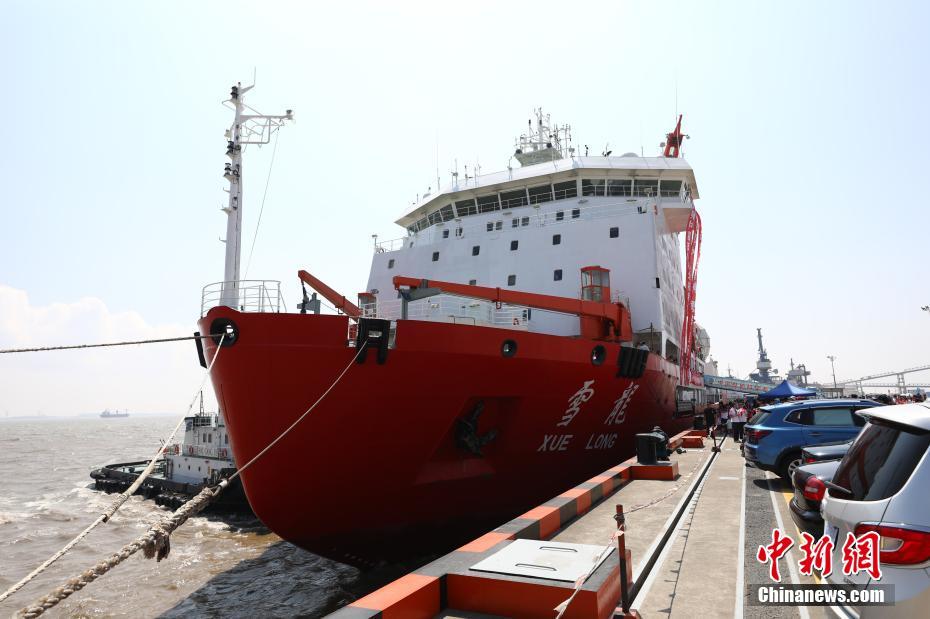 Best trade data solutions for startups
Best trade data solutions for startups
831.93MB
Check Global trade e-commerce insights
Global trade e-commerce insights
891.92MB
Check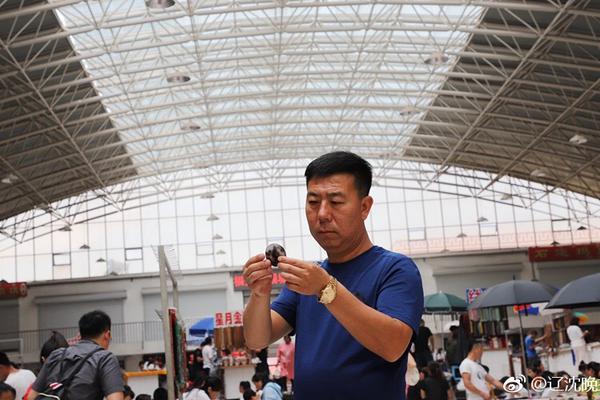 Customs procedure optimization
Customs procedure optimization
686.22MB
Check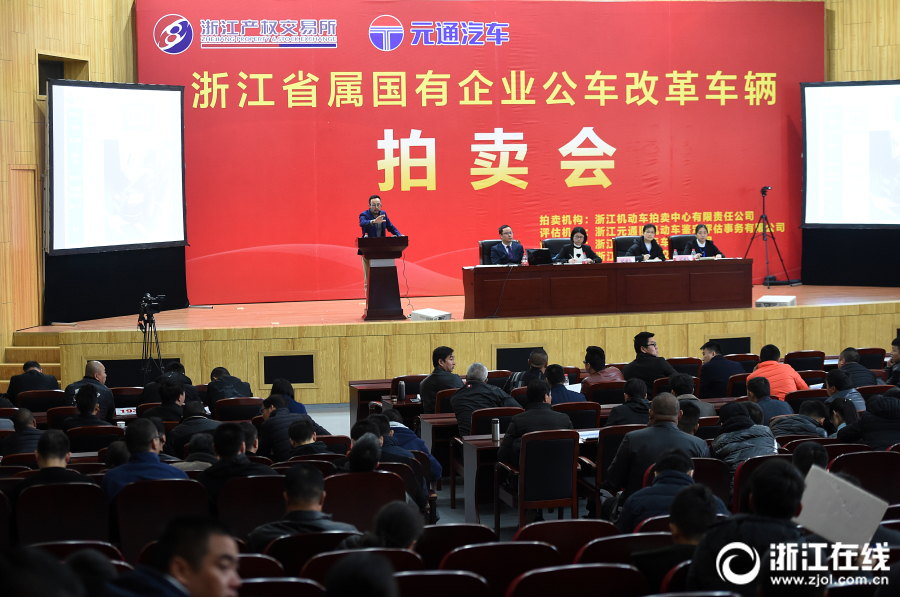 Country trade missions and HS code references
Country trade missions and HS code references
199.62MB
Check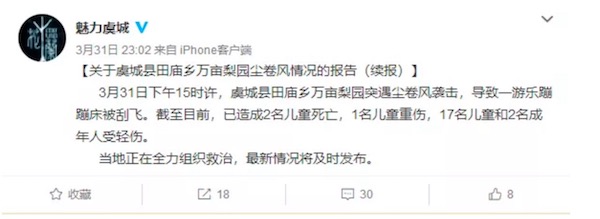 HS code strategies for trade diversification
HS code strategies for trade diversification
166.36MB
Check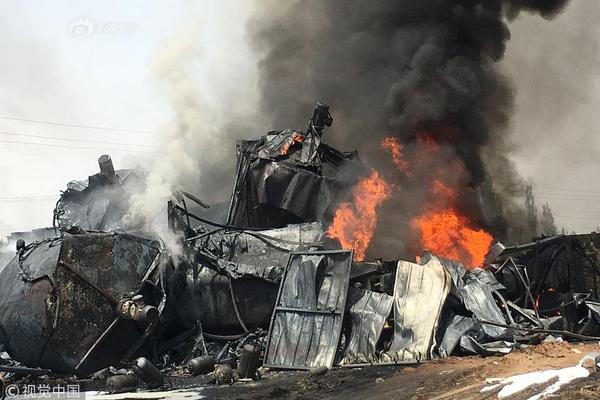 Organic produce HS code verification
Organic produce HS code verification
664.82MB
Check Locating specialized suppliers by HS code
Locating specialized suppliers by HS code
728.39MB
Check Import export software solutions
Import export software solutions
125.36MB
Check HS code compliance in the USA
HS code compliance in the USA
266.52MB
Check Agriculture HS code-based quota allocation
Agriculture HS code-based quota allocation
469.51MB
Check Predictive container utilization analytics
Predictive container utilization analytics
392.22MB
Check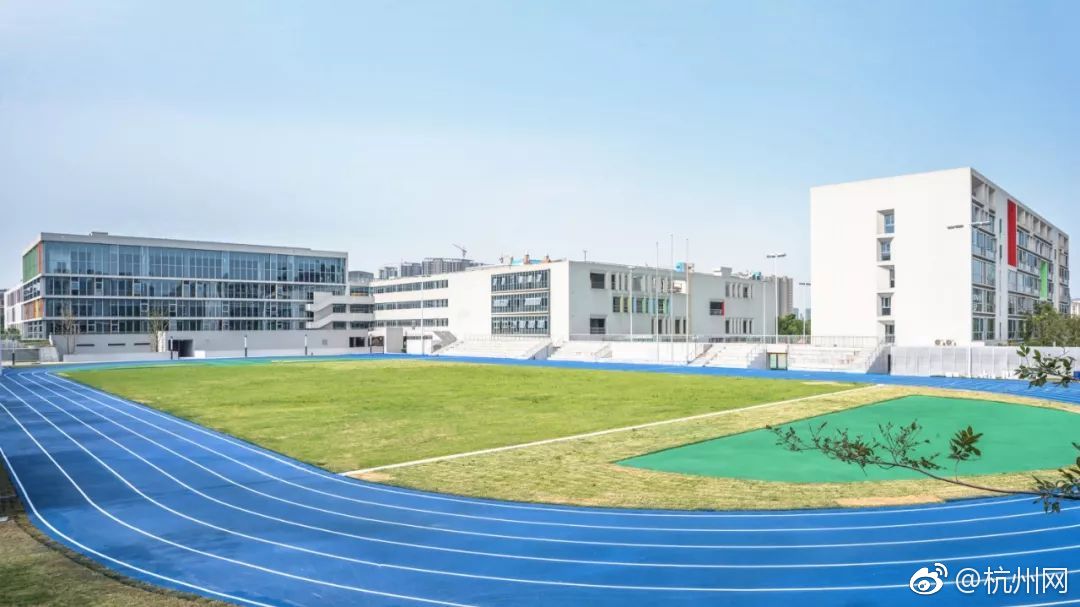 Food processing HS code insights
Food processing HS code insights
437.29MB
Check HS code-based global benchmarking
HS code-based global benchmarking
857.99MB
Check International shipment tracking APIs
International shipment tracking APIs
412.43MB
Check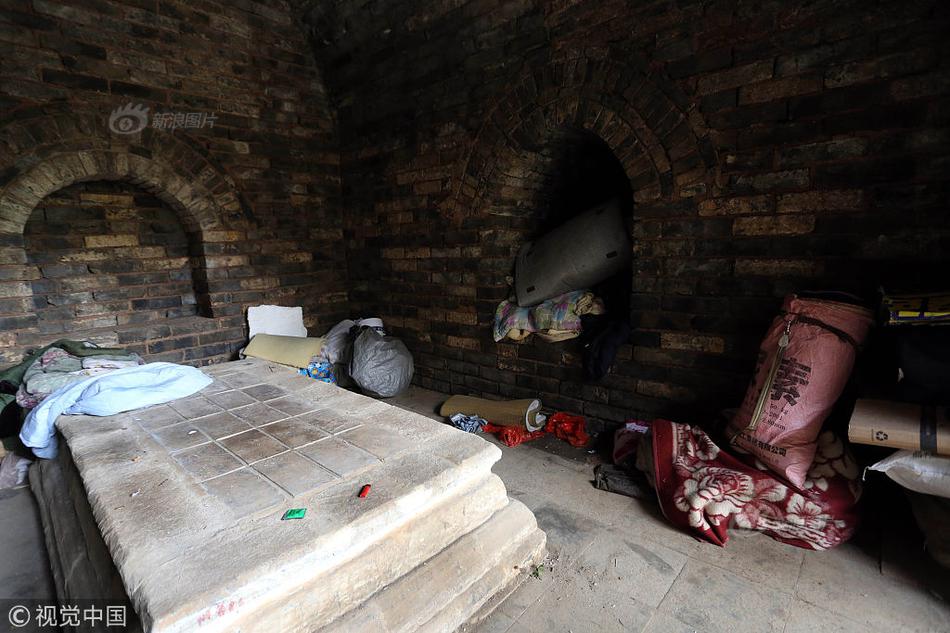 How to capitalize on trade incentives
How to capitalize on trade incentives
592.63MB
Check HS code updates for emerging markets
HS code updates for emerging markets
974.36MB
Check Locating specialized suppliers by HS code
Locating specialized suppliers by HS code
319.68MB
Check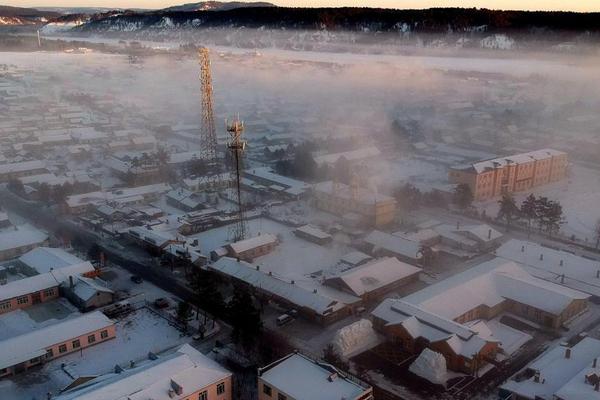 Leather goods HS code classification
Leather goods HS code classification
438.74MB
Check Pre-export HS code verification steps
Pre-export HS code verification steps
997.77MB
Check Trade data-driven inventory optimization
Trade data-driven inventory optimization
492.72MB
Check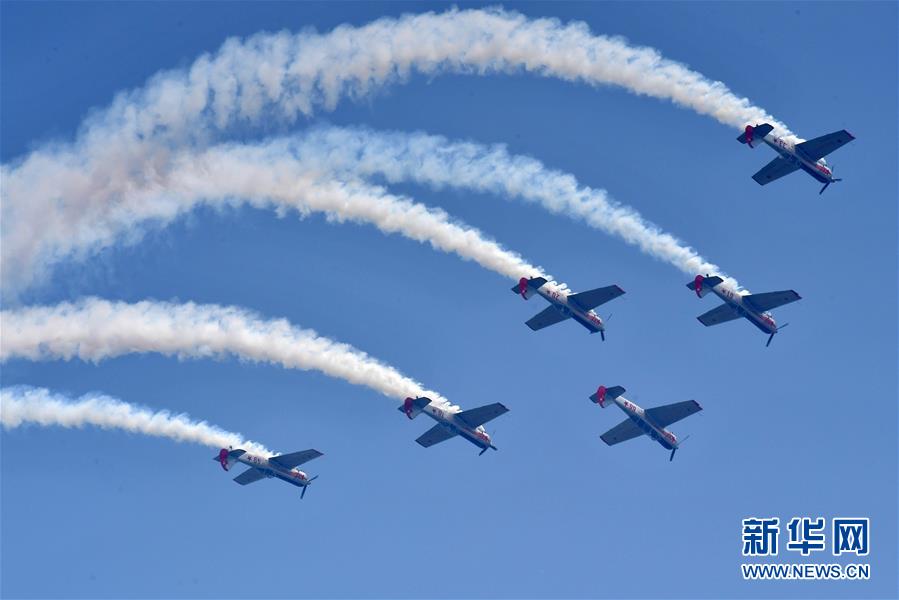 Global trade compliance best practices
Global trade compliance best practices
267.33MB
Check Surgical instruments HS code classification
Surgical instruments HS code classification
158.93MB
Check Polymer resins HS code verification
Polymer resins HS code verification
996.25MB
Check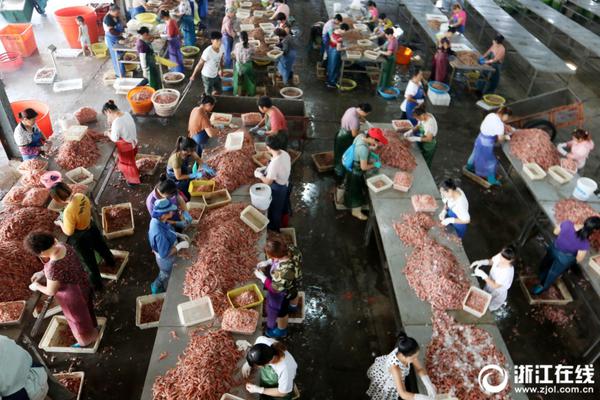 Customs duty prediction models
Customs duty prediction models
417.78MB
Check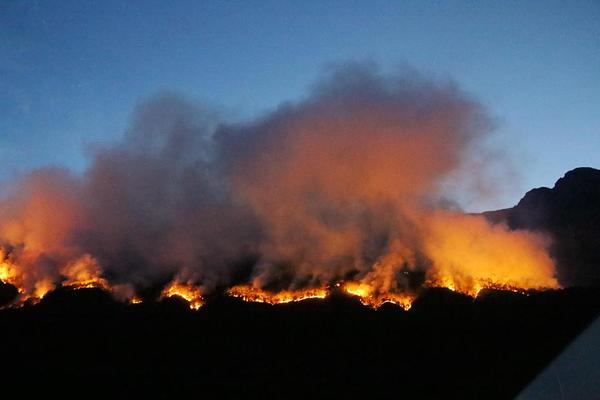 How to simplify HS code selection
How to simplify HS code selection
295.44MB
Check shipment tracking services
shipment tracking services
111.14MB
Check How to secure international sourcing
How to secure international sourcing
688.55MB
Check Industrial chemicals HS code monitoring
Industrial chemicals HS code monitoring
185.11MB
Check Commodity-specific import licensing data
Commodity-specific import licensing data
921.22MB
Check HS code monitoring in European supply chains
HS code monitoring in European supply chains
457.66MB
Check How to manage complex supply chains with data
How to manage complex supply chains with data
513.81MB
Check Real-time trade data feeds
Real-time trade data feeds
287.12MB
Check
Scan to install
Industry-focused HS code reporting to discover more
Netizen comments More
2934 How to access protected trade databases
2024-12-24 02:48 recommend
324 Best global trade intelligence tools
2024-12-24 02:12 recommend
601 Analytical tools for trade diversification
2024-12-24 02:04 recommend
1814 Predictive trade route realignment
2024-12-24 01:05 recommend
731 How to leverage trade data in negotiations
2024-12-24 00:35 recommend